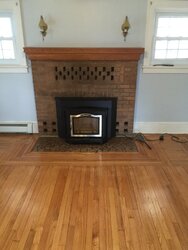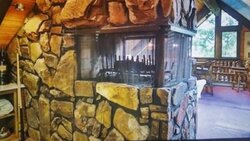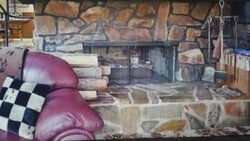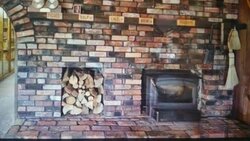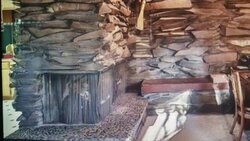Dear Hearth.com members,
-I am new to this world so please forgive me for what may sound so "beginner".
-I have just bought a home in North Idaho and the owner built beautiful stone fireplaces. They are not, what I am used to, a "classic style" fireplace.
-Let me give you the dimension of each fireplace for which I would like to have Jotul stoves or inserts placed in/near each of the 3 fireplace's.
-If a stove is better at heating than an insert then the decision will be stove but perhaps I can run the exhaust flue to the fireplace possibly.
-Also the chimney's were "built" within the home's exterior walls
Fireplace 1- Length= 48" , Width= 41", Height= 21" (Open on 2 sides lengthwise)
Fireplace 2- Length= 48", Width= 24", Height= 26" (open on 1 length and 1 width)
Fireplace 3- Length= 37", Width= 30", Height= 22" (open on 3 sides, both length and one width)
Thank you in advance for assistance.
-I am new to this world so please forgive me for what may sound so "beginner".
-I have just bought a home in North Idaho and the owner built beautiful stone fireplaces. They are not, what I am used to, a "classic style" fireplace.
-Let me give you the dimension of each fireplace for which I would like to have Jotul stoves or inserts placed in/near each of the 3 fireplace's.
-If a stove is better at heating than an insert then the decision will be stove but perhaps I can run the exhaust flue to the fireplace possibly.
-Also the chimney's were "built" within the home's exterior walls
Fireplace 1- Length= 48" , Width= 41", Height= 21" (Open on 2 sides lengthwise)
Fireplace 2- Length= 48", Width= 24", Height= 26" (open on 1 length and 1 width)
Fireplace 3- Length= 37", Width= 30", Height= 22" (open on 3 sides, both length and one width)
Thank you in advance for assistance.


